World Artists and their Story, 15 - Haydi Cameron
World Artists and their Story, 15 – Haydi Cameron
At the artists-studio route Haagse Hout I saw the work of Haydi Cameron. I noticed her work already when I visited her website. I saw intriguing images that trigger the thought process. She has a beautiful space in a former school in the Van Heutzstraat.
I visit her for the second time. The light is abundant inside. In the middle is a sturdy workbench. At the top of the corner, near the door, there is a torso of a woman with an oranje helmet. Instead of her artworks I saw saw during the art route, I see a hammock. The artworks are temporarily moved to an exhibition in the Eshoeve.
On the outskirts of Paramaribo
We sit at a small table on which a candle burns. “I always insert a candle”, Haydi says. There are two books on top of each other, a book written by Krishnamurti and the Bible. At the crane section I see the photo of an elderly man from Suriname. Haydi: “My father, I always greet him when I come. I like it that he’s there.”
Haydi’s family, a large family with 11 children, lived partly in the city and partly ‘outside’. The older children were already living in the city, but the five youngest children, including Haydi, lived in the ‘polder’.
The family had twenty hectares. When father returned from his office job in the city and the children from school, they worked on the land. Tubers were grown, snake bean (kousenband), Chinese tayer, ocher, bananas and pumpkins. There were chickens and there was a large creek with fish in it. “Fishing was my passion.” She was thrilled to be at the farmland. “To put something in the ground and watch it grow, see where things come from, is idyllic. It is very precious to me.”
From paintings to objects
Her mother was a great organizer, she made sure everything ran smoothly. Haydi was convenient and creative. She loved to tackle anything. A typical girl she wasn’t. She wore pants rather than a dress. Haydi: “My father was the first in the family to see that I was different. “Haydi, nice, those things that you make”, he said, and added “there you can make a living from.”
Dad had been right, there was an artist in the making. But she had to take some hurdles in the meantime. Initailly Haydi accompanied young people, including young people who were ‘derailed’. She did well, she was even the founder of the youth project work in Leidschenveen, but ultimately she chose for her passion, Art.
Three years ago, she took a sabbatical. She went to Suriname. When she came back she no longer wanted to make paintings, but objects.
And those objects, very beautiful, I saw during my first visit. I saw them again at the exhibition in the Eshoeve. It was opened at the ‘Coming Out Day’. There were speeches and Denise Jannah, the famous jazz singer, and three choirs sang at that occasion.
Torso with wings
For the Midzomergracht Festival in Utrecht, a cultural festival for the LGBT community (Lesbian, Gay, Bisexual and Transgender) Haydi made something special on the theme, a torso with wings and a head in a rat trap standing open (see the second image). Haydi: “The wings represent angels. In my view every person has an angel, including LGBT people. I wish they will experience their days lightly. That life is not too heavy for them.”
With this work she also played with the colorfulness and the flamboyance of the LGBT people. “The head in rat trap is siginificant. Many people have spent years trapped in their own thoughts and feelings. If you open yourself for your sexual orientation, you not just accept yourself, but you contribute to the acceptance of yourself by your surroundings.”
And what about the breast that sticks out? “I put candies in it. That stands for the transsition …….. From male to female and vice versa. The candies stand for wonderful savour. With this work I play with masculinity and femininity. A playful object to celebrate the freedom and colorfulness.”
Calabash on head
What is her key work? “I do not know if I really have one. I do have an artwork that I always take to exhibitions (fourth image). It is a head with a calabash on it, with barbed wire around it, and bricked eyes. It touches me very time. I see the same happening with the audience.”
“There’s something serene and violent at the same time. In this case the barbed wire stands not such for danger, but rather protection. Like the barbed wire around a pasture to block intruders that could attack the cattle. And it also ensures that the animals do not run away. In short, it protects what you hold dear. And this work is very dear to me. When the work fell by accident from its position, I cried.”
“The bricked eyes say something about myself. It took me years to embrace my artistic path, while my surroundings had done so a long time. Not only my father, but also a good friend who more than 25 years ago gave me an easel and paint, with the message: ‘Go and do it well, you’re good in it.’”
“Now I see it more than ever. Precisely by closing my eyes, looking within, deep within myself, I see all kinds of everything. And that provides inspiration for my work, without naming exactly what I see there.”
Freedom
Art has brought her closer to herself. “Through my art, I got to know myself better. Art I experience from a feeling, seeing, sometimes even smell. When I work with the welding machine, when I work with wood I smell the scents of my childhood. The happiest moments of my life. It’s a great feeling that I can’t express in words.”
Can she describe her artistic philosophy in a few words? ‘Live and let live. Through my work I touch people. The freedom that I felt when abroad, started to flow through my work. This same freedom is essential to prosper in my work. I live. I touch others. Sometimes people stand with tears in their eyes at my work. It is the power of simplicity that speaks to them. And it is the beauty of the shape that makes me happy.”
https://www.facebook.com/HaydiCameronArtist
http://ifthenisnow.eu/nl/verhalen/de-wereld-van-de-haagse-kunstenaar-51-haydi-cameron
Disclaimer: The views, opinions and positions expressed within this guest article are those of the author Walter van Teeffelen alone and do not represent those of the Marbella Marbella website. The accuracy, completeness and validity of any statements made within this article are not guaranteed. We accept no liability for any errors, omissions or representations. The copyright of this content belongs to Walter van Teeffelen and any liability with regards to infringement of intellectual property rights remains with the author.


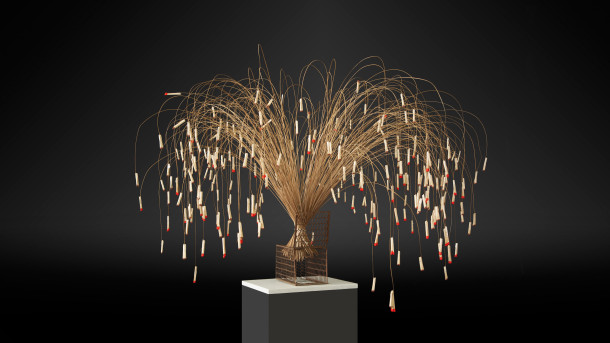

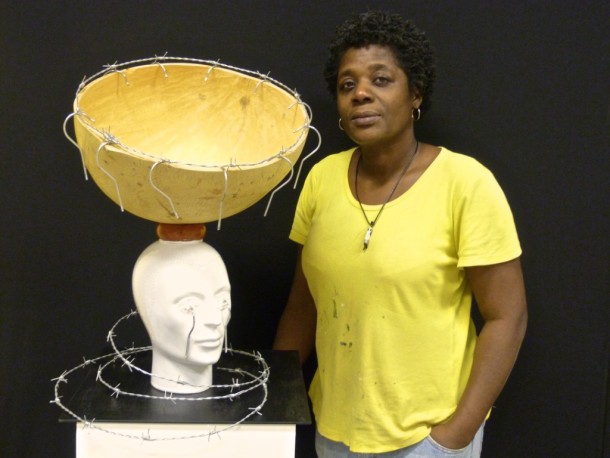
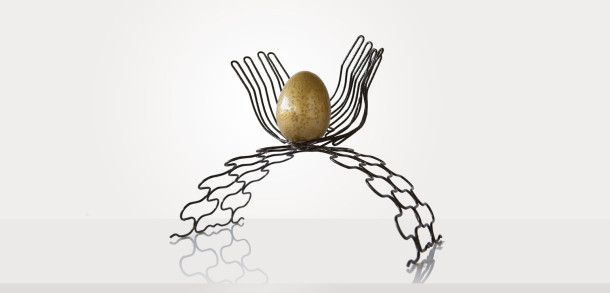
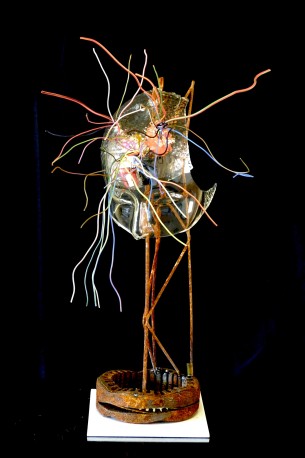
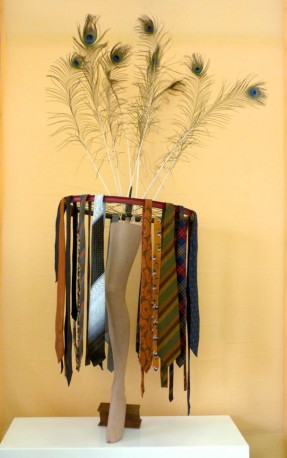














The opinions expressed by individual commentators and contributors do not necessarily constitute this website's position on the particular topic.